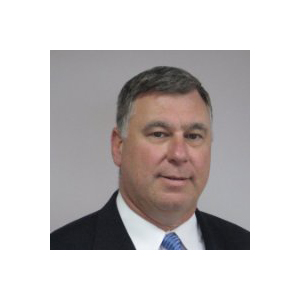David Alessandrini

David Alessandrini
Vice President, Pasek CorporationDavid Alessandrini is Vice President at Pasek Corporation, a security integrator based in Boston.
News mentions
The healthcare market is rife with opportunity for security systems integrators. Hospitals have a continuous need for security, to update their systems, to make repairs, says David Alessandrini, Vice...
Part 1 of our Security in Healthcare series Hospitals have a continuous need for security, to update their systems,and to make repairs The healthcare vertical provide...



























